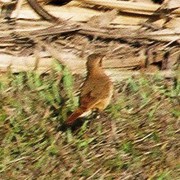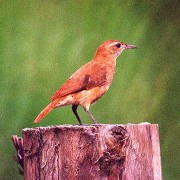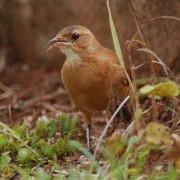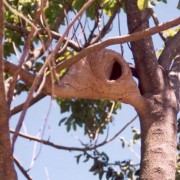Biodiversity
 Rufous Hornero
Furnarius rufus | Gmelin, 1788
Rufous Hornero
Furnarius rufus | Gmelin, 1788
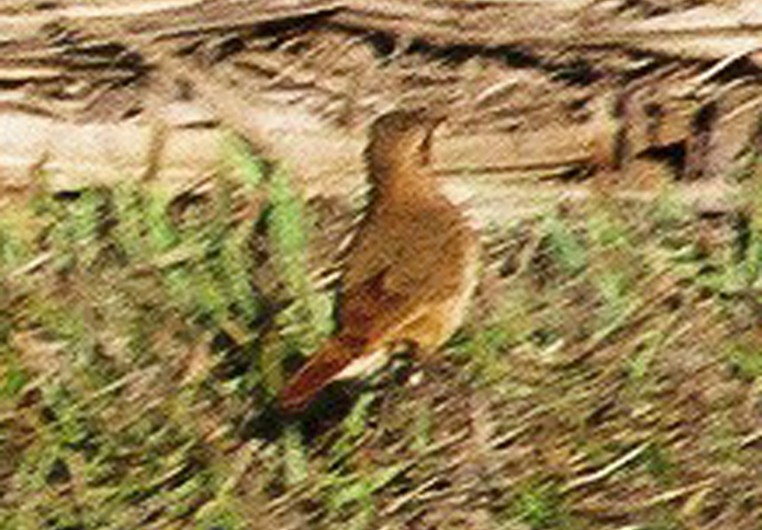
Vocalization

Characterization: Small to medium-sized species measuring about 19 cm in length. Brown colored plumage, with a rusty color on its back and, especially, on its tail. Males and females are very similar, but the female can be identified by its habit of occupying the nest with eggs and chicks alone at night.
Distribution: From Argentina to Bolivia, Paraguay, northwest of Bahia and southern Piauí.
Habitat: Open landscapes, such as fields, savannas, grasslands, along highways and in gardens.
Habits: A diurnal species, it usually lives in couples, singing duets (male and female together, each in a slightly different way).
Diet: Essentially carnivorous, this bird feeds on insects and their larvae, spiders, harvestmen and other arthropods, mollusks, and, occasionally, it eats seeds.
Breeding: It lays 3-4 eggs in an oven-shaped nest made with moist clay and a little manure mixed with straw; the couple builds a nest every year and takes around 18 days to complete it.
In the UFRA area: The Rufous Hornero is frequently seen in the surveys done, having been spotted 64 times. He was present in all studied habitats, except in the organic sugarcane crops and in mixed forests in regeneration.




